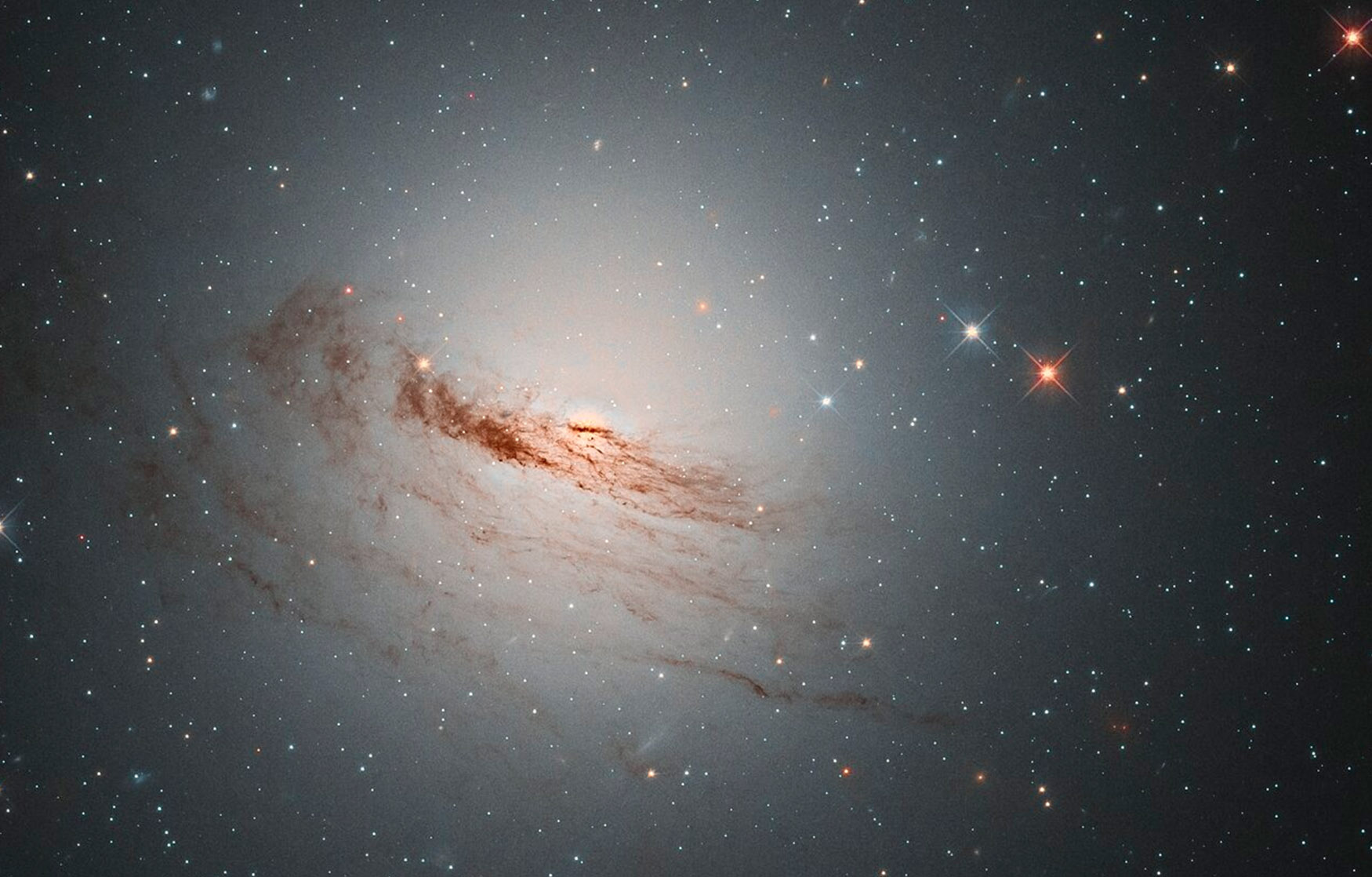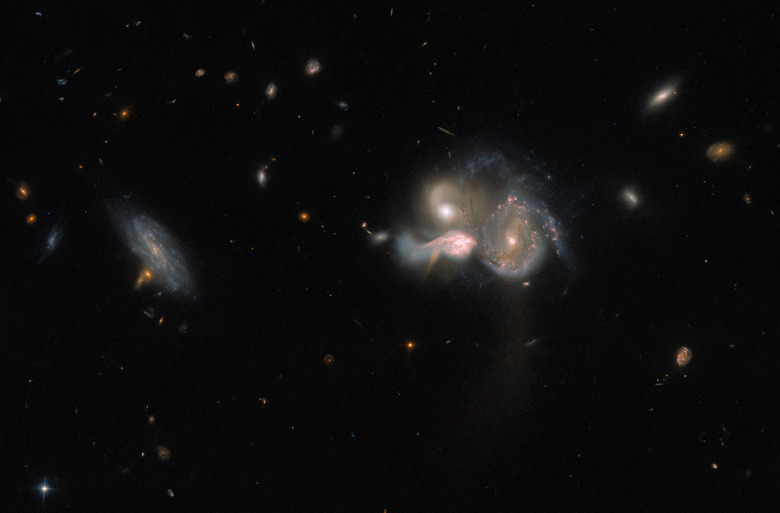Astronomers May Have Discovered The Universe's Largest Magnetic Fields
Despite the fact that our universe is electrically neutral, atoms found throughout the universe can be positively charged nuclei or negatively charged electrons. When these charges accelerate, they create magnetic fields. As such, these fields can be found just about anywhere, including Earth. In fact, astronomers believe that a large magnetic field known as a "cosmic web" could even exist, but proving that has been tricky, at least until now.
According to a new study, scientists may have finally found evidence of the largest magnetic field we have ever discovered. This cosmic web, which astronomers refer to, is believed to be made up of material and filaments between galaxies. These so-called voids are not actually voids at all. Instead, they are filled with intergalactic material, much of which is ionized.

Because the web is ionized, it should also be filled with magnetic fields, creating a large, inter-woven one, unlike anything we have ever seen before. As I noted above, though, proving the existence of this field has been tricky because we can't directly detect it. Instead, we have to observe these fields through their effects on the particles around them.
As such, we need to rely on mapping radio signals created by those fields. But detecting a large magnetic field that acts like a web isn't easy, either. The filaments that make up the cosmic web are so diffuse that the radio signals they emit aren't very strong. Oftentimes even drowned out by other radio noise.
To get around this, scientists began looking at polarized radio light. By focusing on those signals, they were able to see radio signals in a specific orientation. It's these signals that scientists relied on for their newest study. The result is the first detection of the largest magnetic field we've discovered within our universe.
